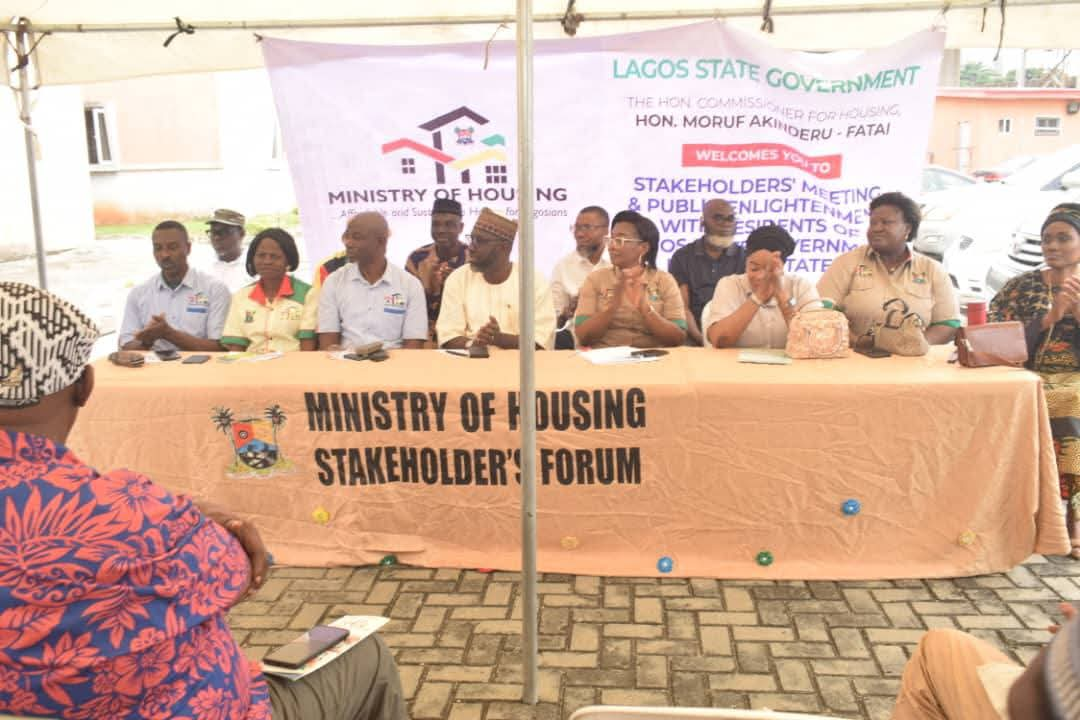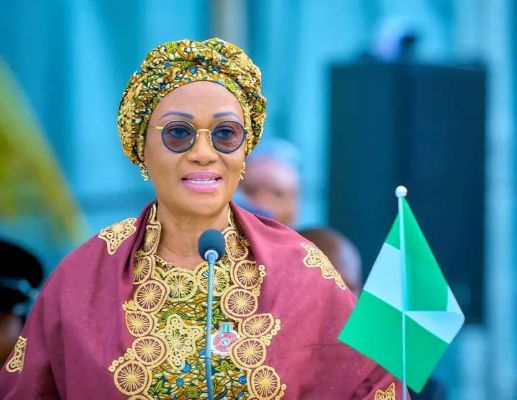In a landmark move aimed at reshaping the administrative and developmental landscape of Gombe State, Governor Muhammadu Inuwa Yahaya has signed the Local Council Development Areas (Creation & Administration) Bill into law, establishing 13 new Local Council Development Areas (LCDAs) to complement the existing 11 Local Government Areas (LGAs). This historic legislation increases the total number of local administrative units in the state to 24, marking a significant step toward addressing structural imbalances, extending governance to underserved communities, and fostering equitable development across Gombe’s vast landmass.
The signing ceremony, held at the Government House in Gombe, was a moment of celebration and reflection for the state’s leadership and citizens. Governor Yahaya described the reform as a bold, constitutional, and people-centered initiative, aligning with the state’s obligations under Chapter II of the 1999 Constitution of the Federal Republic of Nigeria (as amended). This chapter mandates states to promote security, welfare, and democratic participation, principles that the governor emphasized as the foundation of the new law.
Addressing Historical Imbalances
Gombe State, despite its expansive geographical area and a rapidly growing population, has historically been constrained by having one of the smallest numbers of LGAs in Nigeria. With only 11 LGAs prior to this reform, the state faced significant challenges in ensuring effective governance and development in its rural and remote communities. Governor Yahaya highlighted this disparity during his address, noting that the limited number of LGAs had hindered the state’s ability to deliver services and maintain a strong government presence in many areas.
“This imbalance has hindered development and weakened government presence in many rural communities. This law rectifies that historical anomaly,” Yahaya stated. He underscored that the creation of the 13 new LCDAs is a strategic effort to bring governance closer to the people, particularly those in underserved regions. By decentralizing administrative structures, the state aims to ensure that development projects, social services, and governance mechanisms are more accessible to all citizens, regardless of their location.
The governor’s vision for the LCDAs is rooted in the belief that local governance is a critical driver of sustainable development. By increasing the number of administrative units, the state can better address the unique needs of its diverse communities, from urban centers to remote villages. This reform is expected to enhance the delivery of public services, improve local infrastructure, and empower communities to take charge of their development priorities.
Priority Sectors and Measurable Outcomes
To ensure that the newly created LCDAs deliver tangible benefits to the people of Gombe State, Governor Yahaya issued a clear directive to both the existing LGAs and the new LCDAs. He instructed them to prioritize four key sectors: security, basic education, primary healthcare, and agriculture. These sectors, he emphasized, are critical to improving the quality of life for citizens and fostering sustainable economic growth.
To hold local administrators accountable, the governor set a six-month timeline for the LGAs and LCDAs to demonstrate measurable results in these priority areas. This directive reflects his administration’s commitment to results-oriented governance and ensures that the creation of the LCDAs translates into concrete improvements in the lives of ordinary citizens. By focusing on security, the state aims to create a safe environment conducive to development. Investments in basic education and primary healthcare will address critical gaps in human capital development, while support for agriculture will bolster food security and economic opportunities in a state where farming is a primary livelihood.
Transition Technical Committee and Interim Management
To facilitate the smooth implementation of the new law, Governor Yahaya announced the formation of a Transition Technical Committee, chaired by the Deputy Governor. This committee is tasked with overseeing the operationalization of the LCDAs and ensuring a seamless transition from the current administrative framework. The committee comprises key stakeholders, including the Attorney General and Commissioner for Justice, the Commissioners of Local Government and Finance, the ALGON Chairman and his deputy, the Chairman of the Local Government Service Commission, the Director-General of the Joint Projects Development Agency, the State Auditor-General, and the Chairman of the Nigeria Union of Local Government Employees (NULGE). The Permanent Secretary of the Ministry of Local Government and Community Development will serve as the committee’s secretary.
The governor also revealed that an Executive Order would soon be issued to formalize the committee’s mandate, providing it with the authority and resources needed to execute its responsibilities effectively. In the interim, Interim Management Committees will be established to oversee the operations of the LCDAs until they are fully operational and local elections can be conducted. This phased approach ensures that the new administrative units can begin functioning without delay while laying the groundwork for long-term sustainability.
Governor Yahaya drew parallels between the creation of the LCDAs and the establishment of Gombe State itself in 1996. He acknowledged that structural changes of this magnitude often require a period of adjustment but emphasized that the long-term benefits far outweigh the initial challenges. “Just as the creation of Gombe State brought development and progress, the establishment of these LCDAs will usher in a new era of growth and opportunity for our people,” he said.
The New LCDAs and Their Headquarters
The 13 new LCDAs, carefully delineated to reflect the state’s geographical and demographic diversity, are as follows:
Akko North – Headquartered in Amada
Akko West – Headquartered in Pindiga
Balanga South – Headquartered in Bambam
Billiri West – Headquartered in Tal
Dukku North – Headquartered in Malala
Funakaye South – Headquartered in Tongo
Gombe South – Headquartered in Bolari
Kaltungo East – Headquartered in Wange
Kwami West – Headquartered in Bojude
Nafada South – Headquartered in Birin-Fulani
Pero-Chonge – Headquartered in Filiya
Yamaltu East – Headquartered in Dadinkowa
Yamaltu West – Headquartered in Zambuk
These new administrative units are strategically located to ensure that governance and development reach every corner of the state. By establishing headquarters in these areas, the state government aims to create hubs of economic and administrative activity that will stimulate growth and improve access to services.
Legislative Scrutiny and Stakeholder Engagement
The creation of the LCDAs was not a unilateral decision but the result of a rigorous and inclusive legislative process. The Speaker of the Gombe State House of Assembly, Rt. Hon. Abubakar Muhammad Luggerewo, presented the bill to the governor and highlighted the extensive scrutiny it underwent before its passage. The legislature conducted public hearings and consulted stakeholders across the state to ensure that the proposal reflected the needs and aspirations of the people.
Luggerewo noted that the bill was subjected to thorough deliberation, with several amendments incorporated to strengthen its provisions and ensure its effectiveness in promoting grassroots development. The inclusive nature of the process underscores the state’s commitment to democratic principles and community participation. By engaging stakeholders at every stage, the government ensured that the creation of the LCDAs was a collective effort, rooted in the will of the people.
Constitutional Alignment and National Context
The Attorney General and Commissioner for Justice, Zubair Muhammad Umar, provided further insight into the legal and constitutional framework underpinning the new law. He explained that the creation of the LCDAs aligns with the ongoing national constitutional review, which anticipates the future establishment of new LGAs across the country. By converting state constituencies delineated by the Independent National Electoral Commission (INEC) into LCDAs, Gombe State has taken a proactive and practical approach to addressing community demands within the boundaries of the constitution.
Umar emphasized that the law represents a creative solution to the challenges of local governance in a rapidly changing society. By leveraging existing electoral constituencies, the state has ensured that the LCDAs are geographically and demographically viable, making them effective vehicles for development. This approach also positions Gombe State as a leader in innovative governance, setting a precedent for other states to follow.
A Milestone in Local Governance
The Secretary to the State Government, Prof. Ibrahim Abubakar Njodi, described the creation of the LCDAs as a major milestone in Gombe State’s journey toward deeper local governance and enhanced service delivery. He highlighted the transformative potential of the reform, noting that it would broaden citizen participation, empower communities, and improve access to essential services such as healthcare, education, and agricultural support.
Njodi emphasized that the LCDAs are not merely administrative units but platforms for inclusive development. By decentralizing governance, the state is creating opportunities for citizens to engage directly with their local leaders, voice their concerns, and contribute to the development process. This participatory approach is expected to strengthen democratic institutions and foster a sense of ownership among communities.
Broader Implications for Gombe State
The creation of the 13 new LCDAs is a bold step toward addressing longstanding challenges in Gombe State’s governance and development framework. By increasing the number of local administrative units, the state is better positioned to tackle issues such as rural-urban disparities, inadequate infrastructure, and limited access to public services. The reform also reflects Governor Yahaya’s broader vision of transforming Gombe State into a model of inclusive and sustainable development.
The focus on security, education, healthcare, and agriculture aligns with the state’s broader development goals and the federal government’s priorities. These sectors are critical to improving human development indices, reducing poverty, and promoting economic growth. By prioritizing measurable outcomes, the state is setting a high standard for accountability and performance, ensuring that the LCDAs deliver real value to the people.
The establishment of the Transition Technical Committee and Interim Management Committees demonstrates the government’s commitment to a structured and transparent implementation process. These mechanisms will ensure that the LCDAs are fully operational as quickly as possible, minimizing disruptions and maximizing impact. The involvement of key stakeholders, including representatives from ALGON and NULGE, further ensures that the reform is inclusive and responsive to the needs of local government workers and administrators.
Challenges and Opportunities
While the creation of the LCDAs is a significant achievement, it is not without challenges. The establishment of new administrative units requires substantial resources, including funding, personnel, and infrastructure. The state will need to carefully manage its budget to ensure that the LCDAs are adequately supported without straining existing resources. Additionally, the transition period may present logistical challenges, such as coordinating the activities of the new LCDAs and ensuring that they integrate seamlessly with the existing LGAs.
However, these challenges are outweighed by the opportunities that the reform presents. By bringing governance closer to the people, the LCDAs will empower communities to take charge of their development priorities. The focus on key sectors such as agriculture and healthcare will create jobs, improve food security, and enhance the quality of life for citizens. Moreover, the reform is likely to attract investment to previously underserved areas, stimulating economic activity and fostering regional development.
Conclusion
The signing of the Local Council Development Areas (Creation & Administration) Bill into law marks a turning point in Gombe State’s history. By establishing 13 new LCDAs, Governor Muhammadu Inuwa Yahaya has demonstrated a commitment to inclusive governance, equitable development, and community empowerment. The reform addresses longstanding structural imbalances, extends the reach of government, and lays the foundation for a more prosperous and resilient Gombe State.
As the state embarks on this new chapter, the focus on security, education, healthcare, and agriculture will ensure that the benefits of the reform are felt by all citizens. The establishment of the Transition Technical Committee and Interim Management Committees reflects a thoughtful and pragmatic approach to implementation, while the inclusive legislative process underscores the state’s commitment to democratic principles.
The creation of the LCDAs is not just a structural change but a bold vision for the future of Gombe State. By bringing governance closer to the people, the state is paving the way for a more inclusive, equitable, and prosperous society. As the LCDAs take root and begin to deliver results, they will serve as a testament to the power of visionary leadership and collective action in transforming communities for the better.







